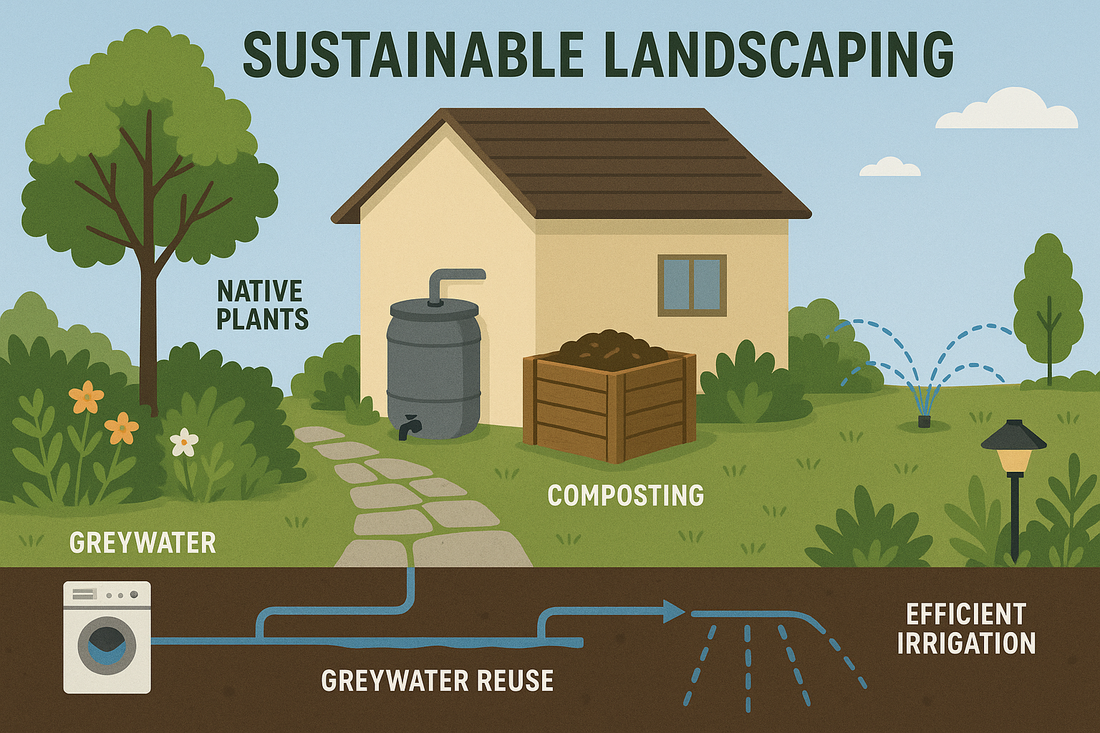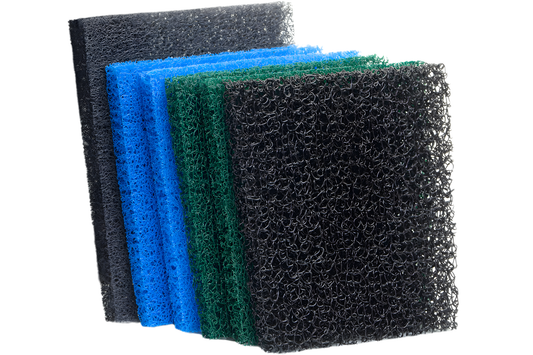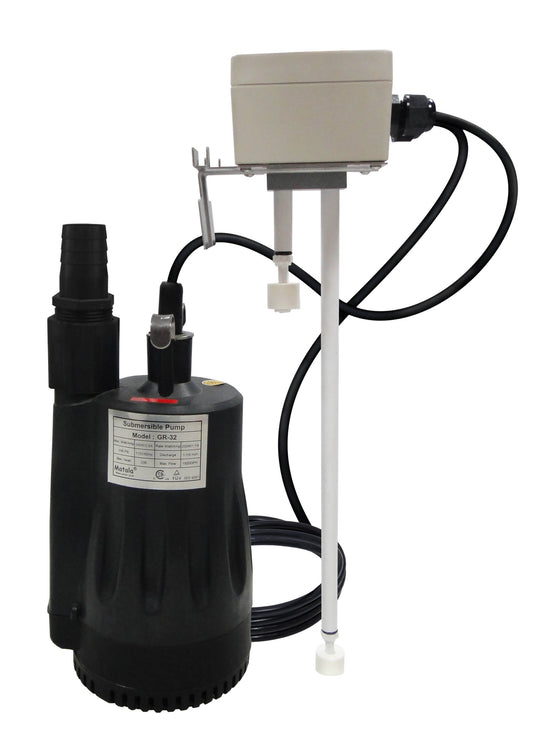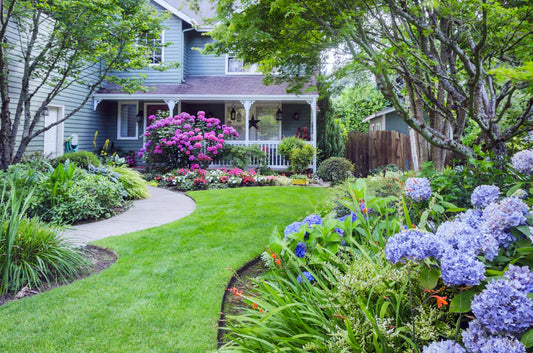
What Is Sustainable Landscaping and How Can You Start?
Mason LogueKey Takeaways:
Sustainable landscaping is the practice of designing and maintaining outdoor spaces in a way that conserves water, supports native biodiversity, reduces chemical use, and lowers energy consumption. From greywater irrigation to low-voltage lighting, it's a smarter way to care for your property—and the planet.
Why Sustainable Landscaping Matters
Traditional landscaping can be surprisingly resource-intensive—relying on constant watering, fertilizers, and electricity to maintain appearances. Sustainable landscaping flips the script by:
- Using native and drought-tolerant plants
- Capturing and reusing water through rain barrels or greywater systems
- Minimizing turf areas
- Prioritizing soil health and organic compost
- Incorporating energy-efficient lighting and smart irrigation
This approach reduces your environmental footprint while creating beautiful, functional spaces.
Reuse Water with Greywater Systems
Greywater—wastewater from showers, laundry, and sinks—can be safely reused for subsurface irrigation. Instead of sending it down the drain, systems like those from GreywaterCorp capture and filter this water for use in gardens and landscapes. With the right setup, you could save up to 40,000 gallons of water a year and keep your plants thriving even in dry climates.
Customer reviews highlight how greywater systems are used everywhere from tiny homes and cabins to desert landscapes. Whether you’re irrigating flower beds or reed beds, the long-term savings and environmental benefits make it a no-brainerWater Wise Group - Aqua….
Smart Design from the Ground Up
For a complete sustainable landscaping solution, it pays to start with the right design and materials. That’s where FortyFive Scapes comes in. They build high-performance outdoor environments using:
- Low-voltage LED landscape lighting
- Smart irrigation systems
- Permeable hardscapes
- Pollinator-friendly plants
- Drainage solutions tailored to the Ontario climate
Their holistic approach ensures your yard isn’t just green—it’s intelligently built for long-term efficiency and beauty.
Benefits of Sustainable Landscaping
- Lower Water Bills: Native plants and efficient watering reduce consumption
- Less Maintenance: Healthy soil and smart systems do the work for you
- Boosted Property Value: Eco-conscious features are increasingly sought after
- Biodiversity Support: Native landscapes support birds, pollinators, and wildlife
- Climate Resilience: Drought-ready landscapes stand up to extreme weather
FAQ
What is the best way to start a sustainable landscape?
Begin with a site assessment and switch to native plants. Then look into water-saving irrigation and lighting systems.
Can I use greywater for food crops?
Greywater should only be used for non-edible plants unless specially treated.
How much water can I save using greywater?
You can save up to 40,000 gallons per year, depending on household size and irrigation needs.
Is sustainable landscaping expensive?
Initial costs can be higher, but long-term savings on water, energy, and maintenance often make it more cost-effective.
What’s the difference between greywater and rainwater?
Rainwater comes from your roof or yard runoff; greywater is recycled from indoor use like showers and laundry.







